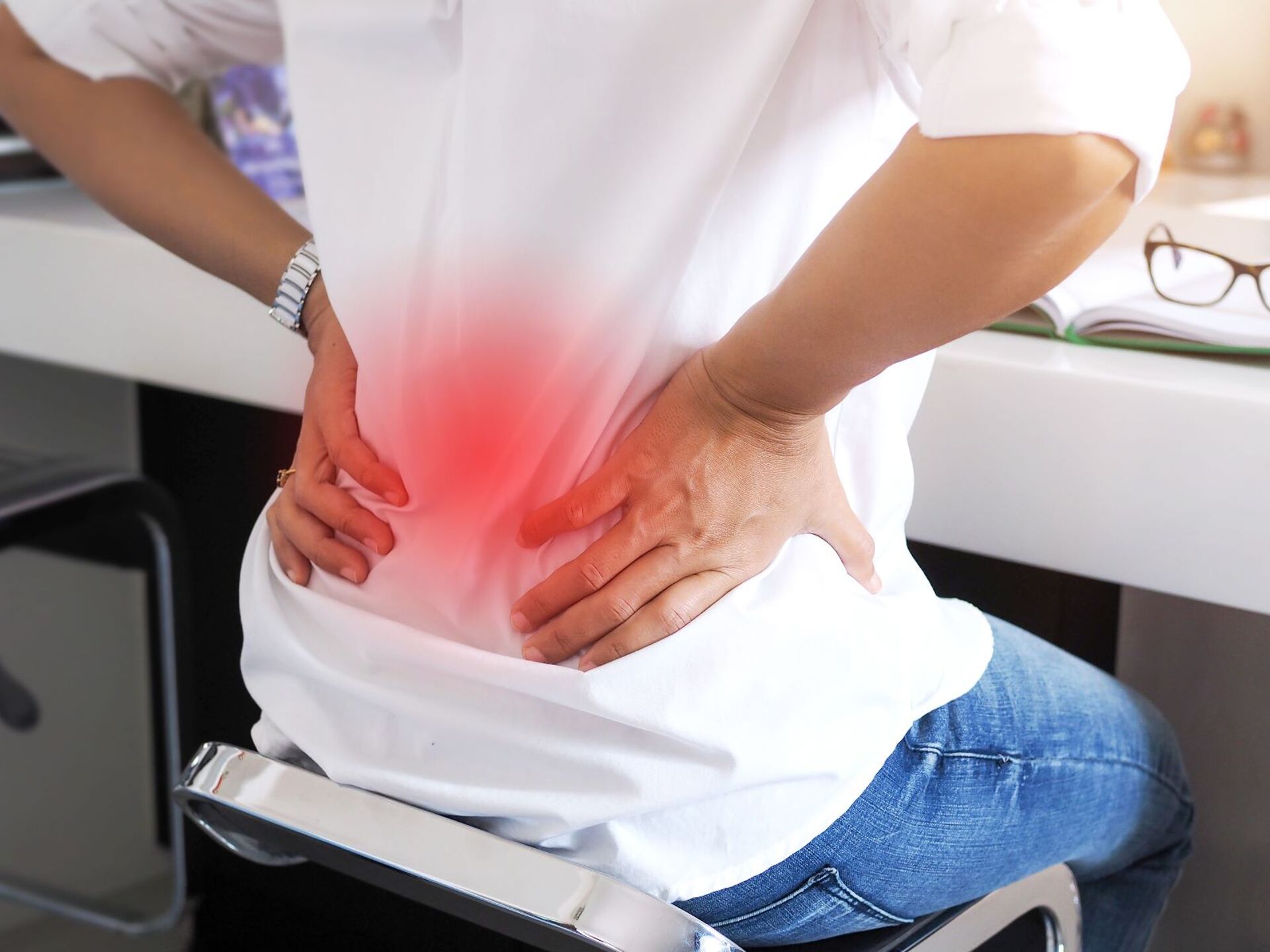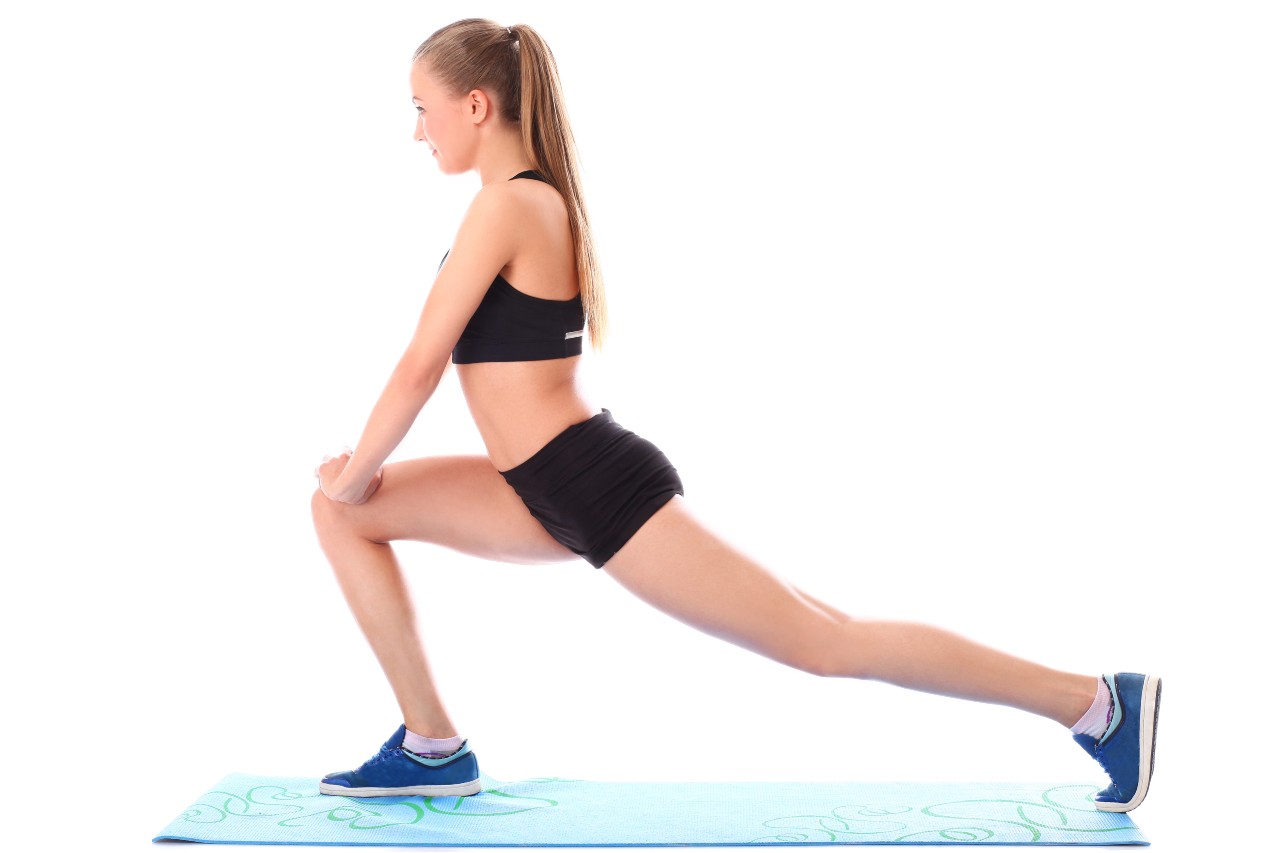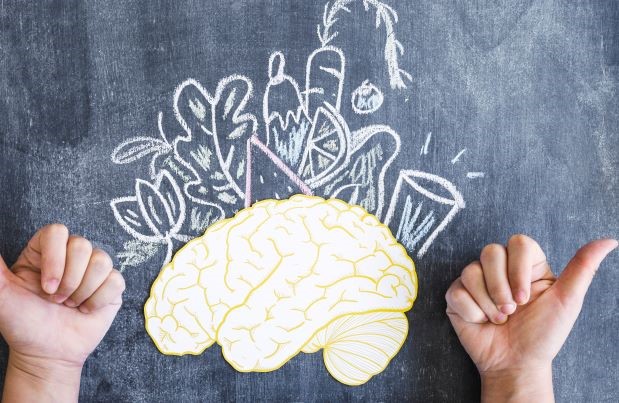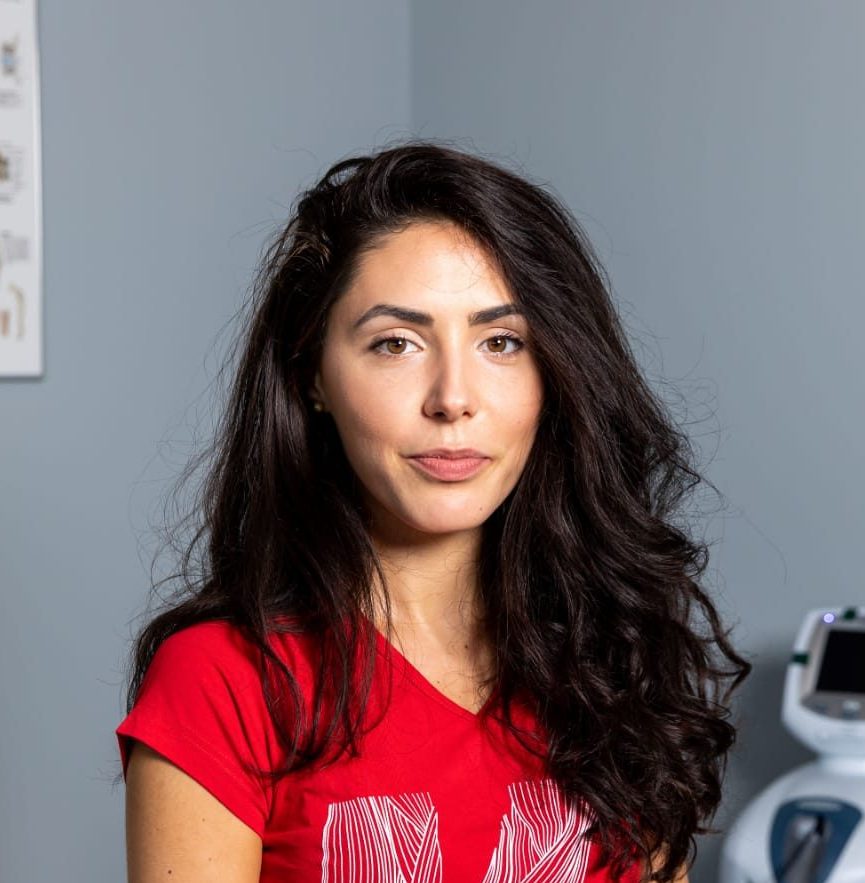The spine is considered an essential element in the health of the body in traditional Chinese medicine. We spoke with Dr. Alice Popescu, acupuncturist An Heng Xing and master Zhu Rong Fu about the importance of a healthy spine, seen through the lens of traditional Chinese medicine, and how its health can be maintained.
The difference between traditional Chinese medicine (TCM) and Western or modern medicine is the approach to disease: in TCM, which does not treat only the affected organ, the body is viewed as a whole, unlike Western medicine which generally treats only the affected organ and rarely treats beyond it.
Traditional Chinese medicine combines acupuncture, acupressure, massage, herbal medicine and nutrition, as well as tai chi and qigong.
Master Zhu Rong Fu, who has lived in Romania for over 30 years, believes that, unfortunately, there is a language and cultural barrier, due to which the population outside of China is reluctant to the holistic approach specific to traditional Chinese medicine.
In traditional Chinese medicine, the spine is very important, and one of the important meridians – called Dumai – faithfully follows its entire length. It should be remembered that, according to Eastern tradition, the human body has 12 meridians that correspond to different organs, being responsible for their proper functioning. Another eight meridians do not correspond to organs, having the role of harmonizing, integrating certain vital functions. One such meridian is the Dumai meridian, the one that runs through the median of the body, along the spine. It is responsible for the proper functioning of the nervous system and the spine. It is an important meridian.
How do you define a healthy spine?
A healthy spine can be simply defined as a mobile, undeformed and painless structure. Spinal health is defined differently at different ages, due to the fact that this musculoskeletal structure undergoes certain transformations over the years. It is a normal, inevitable process. The mobility of the spine, of course, is different from one individual to another, depending on the characteristics of the body. When we perform ordinary movements, daily routines, we should not feel pain in the spine. It is widely known to the public that the shape of the spine is important, with curvatures within physiological limits being essential. A mark of our times is the frequency of the appearance of an exaggerated curvature in the thoracic area of the spine, the so-called kyphosis, mainly due to the maintenance of improper posture by people who work for a long time at a desk.
What should we do, from your point of view, to keep our spine healthy, without experiencing pain at its levels?
There are three elements that we should keep in mind: moderate physical exercise, avoiding overexertion of the spine, as well as excessive exposure to wind, cold or humidity
Most sciatica attacks or other pain in the spine occur as a result of overexertion: heavy lifting, sudden movements. For example: I slipped and the spine soon supported the entire weight of the body. Something stretches, gives way and contracture and pain sets in. So short-term effort and exaggerated intensity. The same effect also results from long-term efforts, wear and tear of the spine can occur, premature arthrosis and deformations of the spine appear. Spondylarthrosis is a phenomenon specific to advanced age, but if a joint system is repeatedly subjected to efforts, these can lead to micro arthrosis at the intervertebral level. This is why moderation in performing physical activities is necessary to preserve a healthy spine.
Regarding exposure to wind, cold and humidity: the patients we treat come to the office with pain caused by two causes, overexertion or exposure to cold and wind (which cools the skin, so it is still exposure to cold, that is how the body perceives it). The appearance of muscle contractures and neuralgias is favored, which lead to the appearance of pain. In fact, these two – overexertion and exposure to cold/humidity – are the most common causes of pain and neuralgia in the musculoskeletal field.
Can we have a healthy, flexible, pain-free spine even at an older age?
Yes, I have encountered numerous cases. As I mentioned before, with advancing age the spine inevitably undergoes certain transformations. Traditional Chinese medicine offers various means and techniques for maintaining a healthy spine or treating certain conditions. If tai qi and qi gong are forms of exercise that do not overload the spine and can be performed until old age, acupuncture works very well in the field of treating joint, muscle or neuralgia pain.
Do you recommend practicing tai chi and qi gong? What would be the benefits of constant practice?
They are forms of exercise specifically designed to maintain health and vitality until old age, being accessible to all ages. According to Chinese medical tradition, they are designed to maintain the physiological circulation of qi – the body's vital energy – and eliminate blockages of any kind. It is recommended to practice it constantly, daily or 2-3 times a week. The two exercise systems ensure the mobility of the whole body and create a state of relaxation. Which helps to prevent chronic diseases in general and to maintain the flexibility of the spine and joints.
Is traditional Chinese medicine still used for treatment in hospitals in China?
Of course, constantly. There are also separate hospital departments for Western medicine and TCM. Traditional methods are often combined with Western medicine. For example, when a patient with a lung condition is prescribed anti-inflammatories and antibiotics, the same doctor may also recommend a specific TCM remedy or send him to the adjacent office specializing in traditional remedies. They call this type of treatment of diseases integrated medicine, in which the patient is treated according to Western medicine, to which traditional treatment methods are added, where possible, necessary, appropriate. In fact, medical universities in China are separated into two lines, types of medicine. However: those who train according to the Chinese medical tradition learn enough from Western medicine and vice versa. Those who train in the Western medical system learn the basics of traditional medical phytotherapy, acupuncture, TCM in general, being familiar with the other option.
Master Zhu Rong Fu
Master Zhu Rong Fu was born in Shanghai, in April 1942, and came to Romania in 1992, at the invitation of a Chinese doctor, to practice acupuncture. He comes from a family with a tradition in practicing both acupuncture and martial arts, a tradition that he also followed.
He is a specialist in traditional Chinese medicine and acupuncture at the Shanghai Medical Center Bucharest, but also a martial arts master (wushu – kung fu) at the Shanghai Wushu Sports Club Bucharest.
Dr. Alice Popescu
Dr. Alice Popescu graduated from the Carol Davila Faculty of Medicine and is currently a primary care physician in family medicine with expertise in acupuncture and apiphytotherapy at the National Institute for Complementary and Alternative Medicine (INMCA) in Bucharest.
After graduating from medical school, she won a scholarship to study acupuncture for 2 years at the University of Traditional Chinese Medicine and Pharmacy in Beijing, China. Currently, Dr. Alice Popescu practices acupuncture at the Shanghai Medical Center in Bucharest and is a lecturer and trainer in acupuncture.







